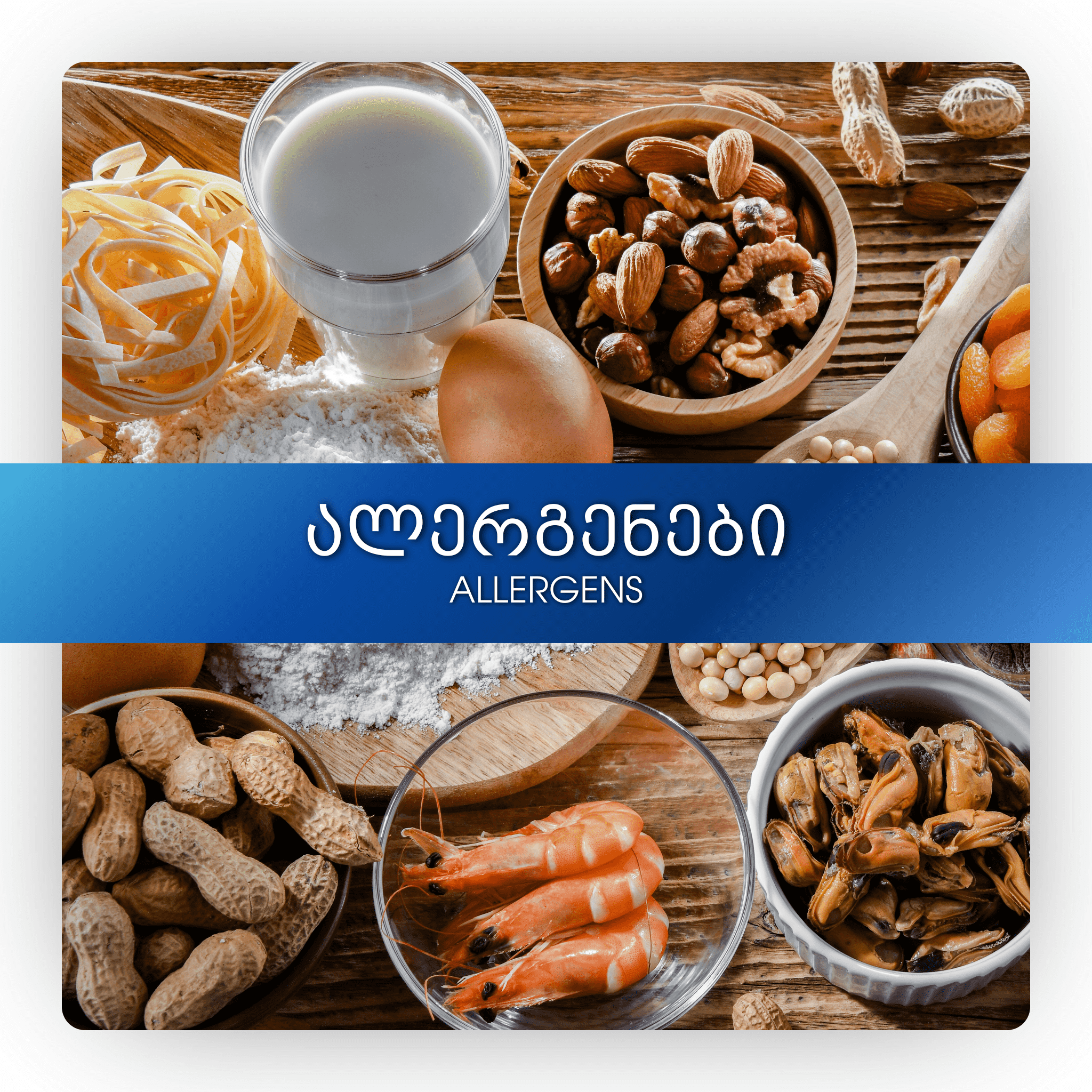Allergens
An allergen is a substance that causes an allergic reaction. A completely harmless substance for one may cause a strong allergic reaction for another.
There are 3 main ways of allergens entering the body:
- Inhalation - inhalation of allergen-contaminated air;
- Alimentary-product or other substance containing an allergen entering the digestive tract
- Contact - direct contact of the allergen with the skin and mucous membranes.
The strength of the allergic reaction does not depend on the amount of allergen that enters the body - even the smallest dose of the allergen can cause anaphylactic shock. The strength of the allergic reaction is mainly determined by the way the allergen enters the body, the strength of the allergen and the intensity of the contact.
Today, thousands of allergens are known, which are divided into several groups according to the source of origin. Dust, household, food, industrial, drug, infectious, helminth, insect allergens are distinguished.
Hallen called food allergy an idiosyncrasy, which means an unusual reaction to a ordinary food. Food allergy appears at the first intake of food and continues throughout life. Allergic reaction to the product depends on its chemical composition, glycoprotein content and concentration of low-molecular compounds.
1. Cereals containing gluten, namely: wheat (such as spelt and khorasan wheat), rye, barley, oats or their hybridised strains, and products thereof, except:
a) wheat based glucose syrups including dextrose
b) wheat based maltodextrins
c) glucose syrups based on barley
d) cereals used for making alcoholic distillates including ethyl alcohol of agricultural origin
2. Crustaceans and products thereof
3. Eggs and products thereof
4. Fish and products thereof, except:
a) fish gelatine used as carrier for vitamin or carotenoid preparations
b) fish gelatine or Isinglass used as fining agent in beer and wine
5. Peanuts and products thereof
6. Soybeans and products thereof, except:
a) fully refined soybean oil and fat
b) natural mixed tocopherols (E306), natural D-alpha tocopherol, natural D-alpha tocopherol acetate, and natural D-alpha tocopherol succinate from soybean sources
c) vegetable oils derived phytosterols and phytosterol esters from soybean sources
d) plant stanol ester produced from vegetable oil sterols from soybean sources
7. Milk and products thereof,except:
a) whey used for making alcoholic distillates including ethyl alcohol of agricultural origin
b) lactitol
8. Nuts, namely: almonds,hazelnuts,walnuts ,cashews, pecan nuts, Brazil nuts, pistachio nuts, macadamia or Queensland nutsand products thereof, except for nuts used for making alcoholic distillates including ethyl alcohol of agricultural origin
9. Celery and products thereof
10. Mustard and products thereof
11. Sesame seeds and products thereof
12. Sulphur dioxide and sulphites at concentrations of more than 10 mg/kg or 10 mg/litre in terms of the total SO2 which are to be calculated for products as proposed ready for consumption or as reconstituted according to the instructions of the manufacturers
13. Lupin and products thereof
14. Molluscs and products thereof
